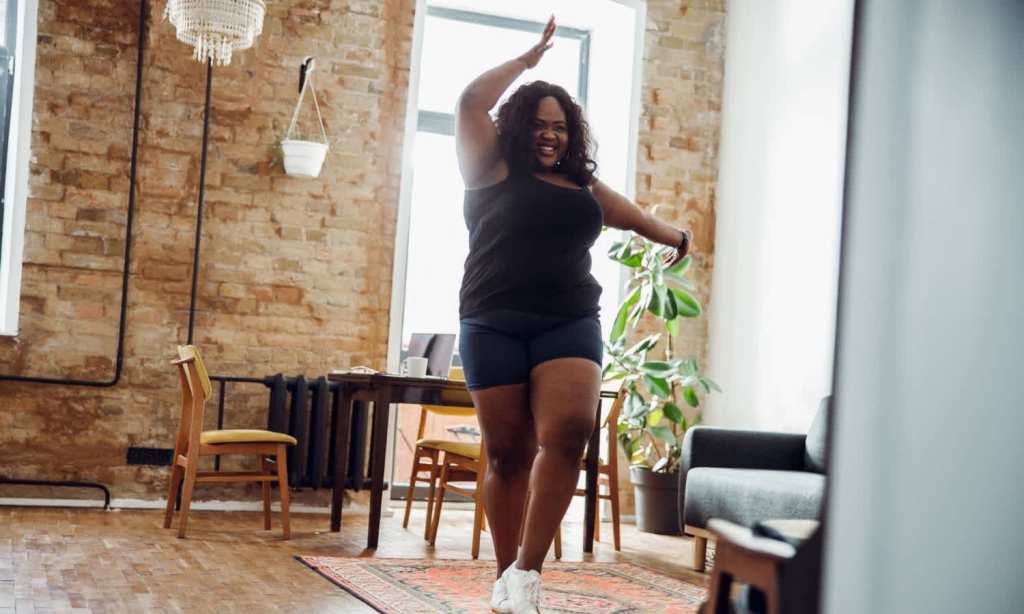If you search the phrase “body positivity” on Instagram, it’s highly unlikely you’re going to see anyone above standard sizing on there – we’re talking anyone above an Australian size 12. Scrolling through, it appears that “body positivity” has been co-opted by slim, able-bodied, white women (and men!).
Which is ironic, seeing as body positivity originally stemmed from a movement in the 1960s (yes, prior to social media), and was a “radical position taken by fat feminists who refused to be invisible”. Or as Gena-mour Barrett wrote, “The body/fat positivity movement was spearheaded by black fat femmes years ago yet we are somehow erased from all of it.”
Corporations are now using their influence to push products, capitalising off of the movement. They still lift up and prioritise smaller, privileged bodies. So what is one to do? Talking to Dazed Digital, author and influencer Stephanie Yeboah, says the failings of the body positivity movement has caused the rise of body neutrality.
Yep, body neutrality is the movement of being neutral about your body. Or as Healthline puts it, “body neutrality promotes acceptance of your body as it is, encouraging you to recognise its abilities and nonphysical characteristics over your appearance”. It takes the focus entirely off how the body looks and instead puts it on what the body does.
This is not to say that this movement is “ending” body positivity, or that it’s time for body positivity to “move over”. Body neutrality is a specific tool for an individual who may be struggling with personal body image – body-based oppression is a different thing entirely (and as a size 14, I’m not the right person to write about it).
If you are interested in body neutrality, some things it involves is eating foods that you want to eat – because they nourish you, and give you pleasure. Respecting your own body is another element of body neutrality, as is respecting the bodies of others, without shaming, judging, or criticising them.
Exercise is another factor, but in terms of doing it because it makes you feel good and it gives you energy. It’s like Elle Woods says: “Exercise gives you endorphins. Endorphins make you happy.”
Changing conversations is another way to practice body neutrality, whether it’s negative self-talk or redirecting conversations. Don’t berate yourself over clothes not fitting (weight fluctuates, so should our clothes!); move conversations away from body discontentedness and towards how people are feeling.
Practising mindfulness is a huge element of body neutrality. We often think negative self-thoughts, sometimes it feels as if our brain is working against us. The best thing to do is to acknowledge the thought, breathe and take a moment from it, and then change the thought – reframe it to neutral. Change “Ugh, I hate my arms,” to “My arms allow me to pick up and play with my adorable nephew.”
It may not change the world, how others see our bodies, and how companies capitalise off of our bodies, but body neutrality can change how we see ourselves.







